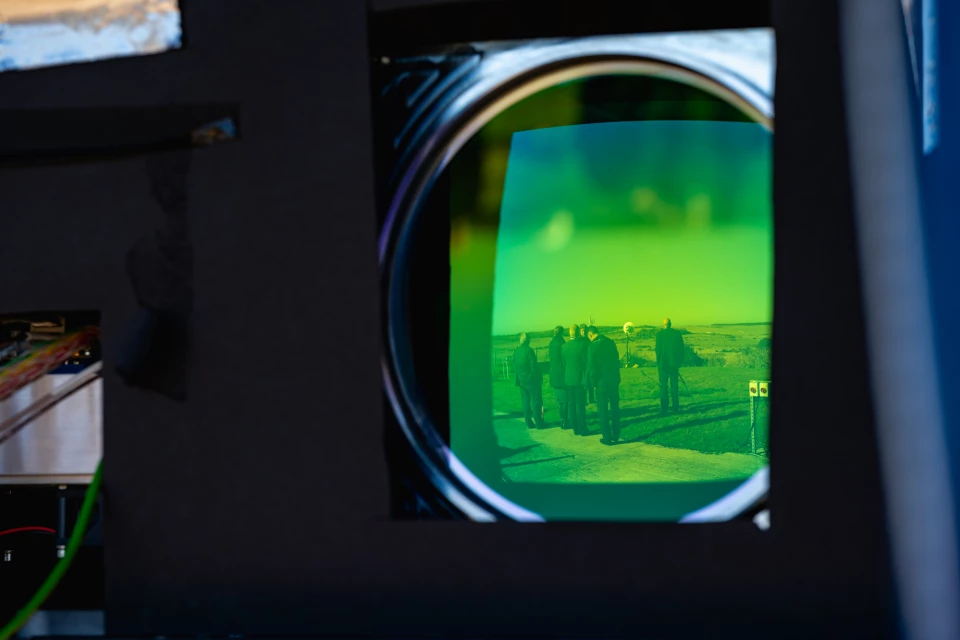The UK Ministry of Defence (MoD) has announced that it successfully test fired Britain's first high-powered, long-range laser directed energy weapon (LDEW), called DragonFire, on October 17 at the Porton Down science park test range in Wiltshire.
The recent demonstration trials by the MoD’s Defence Science and Technology Laboratory (Dstl) were the second in a series designed to show that the technological hurdles needed for Britain to build a home-grown high-energy laser weapon have been cleared.
The first trials in July demonstrated that the DragonFire system could track and hit targets in the air and at sea. The second test in October fired the laser at targets at a number of different ranges to show that the weapon could safely control and place a high-powered beam on target with pinpoint accuracy from the beam director.
DragonFire is being developed under a £100-million (US$114-million) budget by the DragonFire Consortium made up of MBDA Missile Systems, which has overall responsibility for the project and developed the advanced command and control (C2) and image processing capabilities; Leonardo, which built the beam director used to focus and aim the laser while compensating for atmospheric conditions; and QinetiQ, which developed the 50-kW solid-state, phase-combined laser generator.

The British government is interested in developing lasers and similar directed energy weapons because such systems can engage targets like drones and missiles at the speed of light with virtually limitless ammunition costing about a dollar a shot outside of equipment costs. They also greatly simplify logistical needs and the technology is easily scalable to higher power levels.
The next step in the program will be to combine the two trials for later tests against more realistic targets and to find ways to move the findings of the demonstrator into practical weapon applications.
"This trial is the culmination of design, development and demonstration activity over a number of years," said Dstl’s Technical Partner, Ben Maddison. "DragonFire has already successfully demonstrated an ability to track targets with very high levels of precision and to maintain a laser beam on the selected aim-point. This trial has assessed the performance of the laser itself – the outcome shows that the UK has world-leading capability in the technologies associated with laser directed energy weapons systems."
The video below discusses DragonFire.
Source: MoD





